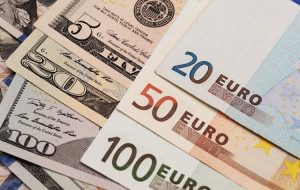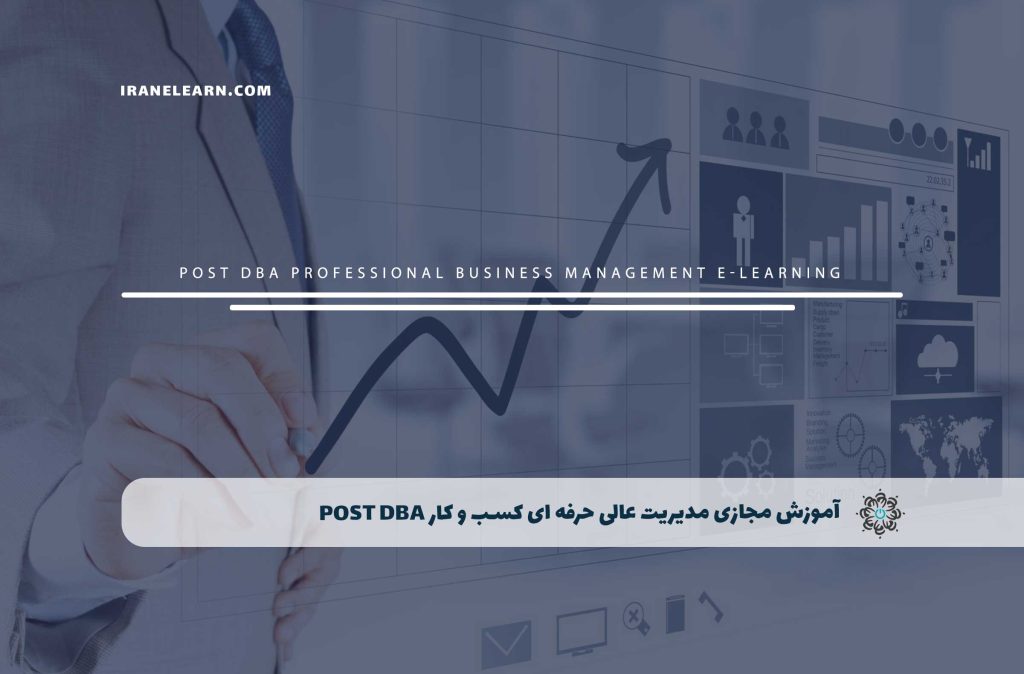Euro extends the recovery to the 1.0960 area
[ad_1] Share: The Euro maintains the bullish stance against the US Dollar. European stocks trade mostly on the defensive on Monday. ECB President Christine Lagarde to speak later in the session. The Euro keeps the bid bias unchanged against the US Dollar, motivating EUR/USD to flirt with the area of recent peaks around 1.0960 at the beginning

[ad_1]
- The Euro maintains the bullish stance against the US Dollar.
- European stocks trade mostly on the defensive on Monday.
- ECB President Christine Lagarde to speak later in the session.
The Euro keeps the bid bias unchanged against the US Dollar, motivating EUR/USD to flirt with the area of recent peaks around 1.0960 at the beginning of the week.
On the flip side, the Greenback extends its bearishness and revisits the 103.20 region when gauged by the USD Index (DXY) in a context still dominated by the appetite for risky assets on Monday.
Meanwhile, the index continues under pressure against the backdrop of growing speculation about an anticipated Federal Reserve (Fed) interest rate reduction in the spring of 2024. This viewpoint is nevertheless strongly supported by sustained disinflationary pressures and continuous labour market softening.
On the domestic calendar, the European Central Bank’s (ECB) President Christine Lagarde will speak before the European Parliament later in the afternoon in Europe.
In the US, New Home Sales for the month of November are due seconded by the Dallas Fed Manufacturing Index in November.
Daily digest market movers: Euro extends the rebound on Dollar seeling
- The EUR climbs to new highs against the USD.
- US and German yields trade with a marginal upside bias.
- Investors continue to expect rate cuts by the Fed in H1 2024.
- The market consensus sees a potential rates reduction by the ECB in Q1 2024.
- BoE’s Andrew Bailey said dragging inflation to the target will be hard work.
- BoJ’s Kazuo Ueda has argued that the economy is recovering at a modest pace.
Technical Analysis: Euro needs to clear 1.0965 to allow for extra gains
EUR/USD’s bullish intentions bumped against the 1.0960 region so far on Monday.
The November high of 1.0965 (November 21) is now the immediate goal for bulls ahead of the critical 1.1000 level. Further north, EUR/USD might face resistance around the August top of 1.1064 (August 10) and another weekly peak of 1.1149 (July 27), all preceding the 2023 high of 1.1275 (July 18).
In the meanwhile, any corrective dips should find support initially at the key 200-day SMA at 1.0810, seconded by the temporary 55-day SMA at 1.0662. Before the 2023 low of 1.0448 (October 3), the weekly low of 1.0495 (October 13) emerges below that region.
Overall, the pair’s chances should remain strong as long as it stays above the 200-day SMA.
ECB FAQs
The European Central Bank (ECB) in Frankfurt, Germany, is the reserve bank for the Eurozone. The ECB sets interest rates and manages monetary policy for the region.
The ECB primary mandate is to maintain price stability, which means keeping inflation at around 2%. Its primary tool for achieving this is by raising or lowering interest rates. Relatively high interest rates will usually result in a stronger Euro and vice versa.
The ECB Governing Council makes monetary policy decisions at meetings held eight times a year. Decisions are made by heads of the Eurozone national banks and six permanent members, including the President of the ECB, Christine Lagarde.
In extreme situations, the European Central Bank can enact a policy tool called Quantitative Easing. QE is the process by which the ECB prints Euros and uses them to buy assets – usually government or corporate bonds – from banks and other financial institutions. QE usually results in a weaker Euro.
QE is a last resort when simply lowering interest rates is unlikely to achieve the objective of price stability. The ECB used it during the Great Financial Crisis in 2009-11, in 2015 when inflation remained stubbornly low, as well as during the covid pandemic.
Quantitative tightening (QT) is the reverse of QE. It is undertaken after QE when an economic recovery is underway and inflation starts rising. Whilst in QE the European Central Bank (ECB) purchases government and corporate bonds from financial institutions to provide them with liquidity, in QT the ECB stops buying more bonds, and stops reinvesting the principal maturing on the bonds it already holds. It is usually positive (or bullish) for the Euro.
[ad_2]
لینک منبع : هوشمند نیوز
 آموزش مجازی مدیریت عالی حرفه ای کسب و کار Post DBA آموزش مجازی مدیریت عالی حرفه ای کسب و کار Post DBA+ مدرک معتبر قابل ترجمه رسمی با مهر دادگستری و وزارت امور خارجه |  آموزش مجازی مدیریت عالی و حرفه ای کسب و کار DBA آموزش مجازی مدیریت عالی و حرفه ای کسب و کار DBA+ مدرک معتبر قابل ترجمه رسمی با مهر دادگستری و وزارت امور خارجه |  آموزش مجازی مدیریت کسب و کار MBA آموزش مجازی مدیریت کسب و کار MBA+ مدرک معتبر قابل ترجمه رسمی با مهر دادگستری و وزارت امور خارجه |
 مدیریت حرفه ای کافی شاپ |  حقوقدان خبره |  سرآشپز حرفه ای |
 آموزش مجازی تعمیرات موبایل آموزش مجازی تعمیرات موبایل |  آموزش مجازی ICDL مهارت های رایانه کار درجه یک و دو |  آموزش مجازی کارشناس معاملات املاک_ مشاور املاک آموزش مجازی کارشناس معاملات املاک_ مشاور املاک |
- نظرات ارسال شده توسط شما، پس از تایید توسط مدیران سایت منتشر خواهد شد.
- نظراتی که حاوی تهمت یا افترا باشد منتشر نخواهد شد.
- نظراتی که به غیر از زبان فارسی یا غیر مرتبط با خبر باشد منتشر نخواهد شد.





ارسال نظر شما
مجموع نظرات : 0 در انتظار بررسی : 0 انتشار یافته : ۰